Enterprise Asset Management (EAM) is the backbone of high-performing operations. Centralize every physical asset, streamline maintenance, and keep facilities running at peak performance across plants, fleets, utilities, and facilities, with one AI-powered platform.

As asset portfolios expand, organizations struggle with scattered data, unplanned downtime, rising maintenance costs, and compliance risk. Siloed tools make it hard to see true asset health, life-cycle costs, or whether work is done on time and to standard. Meanwhile, regulatory audits demand traceable histories and consistent processes across plants, fleets, utilities, and facilities.
An EAM platform solves this by providing centralized control, standardized processes, and data-driven maintenance. You gain a single source of truth for asset masters, work orders, spare parts, and cost centers; shift from reactive to preventive and predictive maintenance; and maintain audit-ready logs. The result: higher uptime, lower costs, safer operations, and better long-term planning aligned to ISO 27001 principles.
Everything you need to manage assets from install to retire on web and mobile.


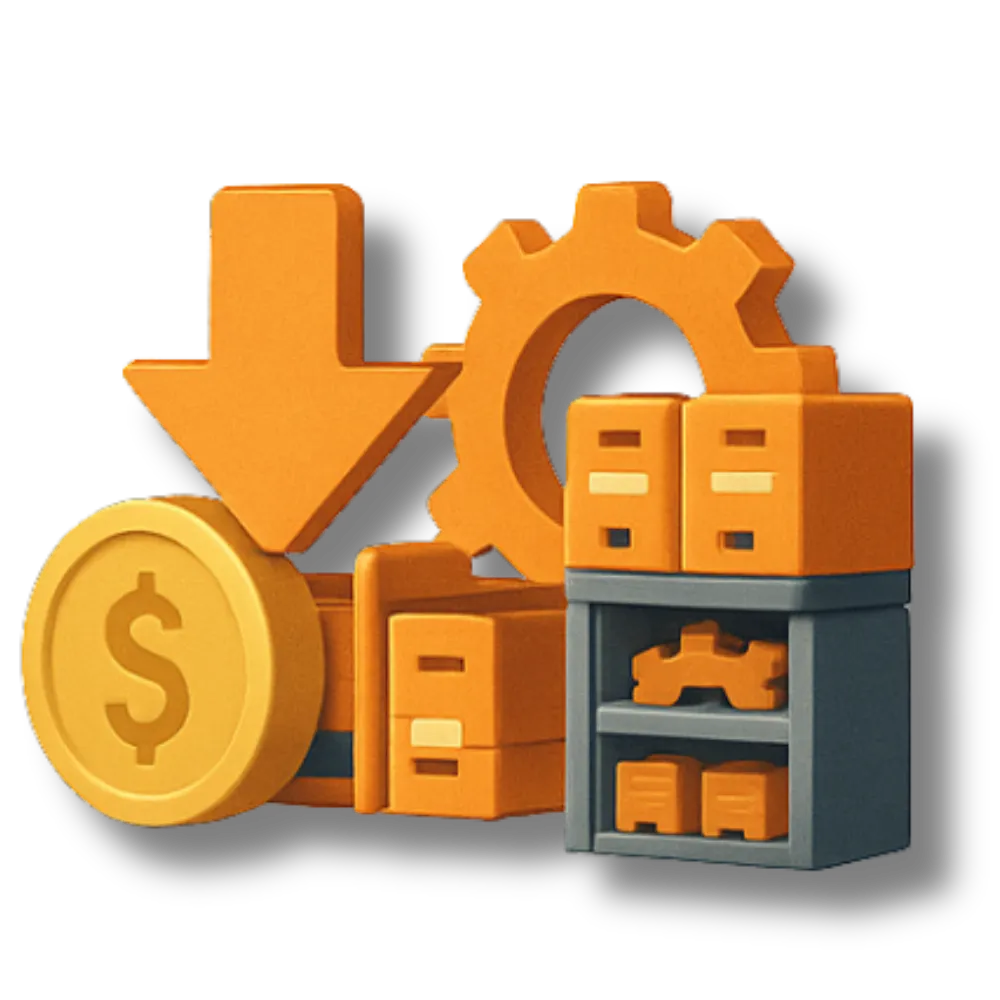
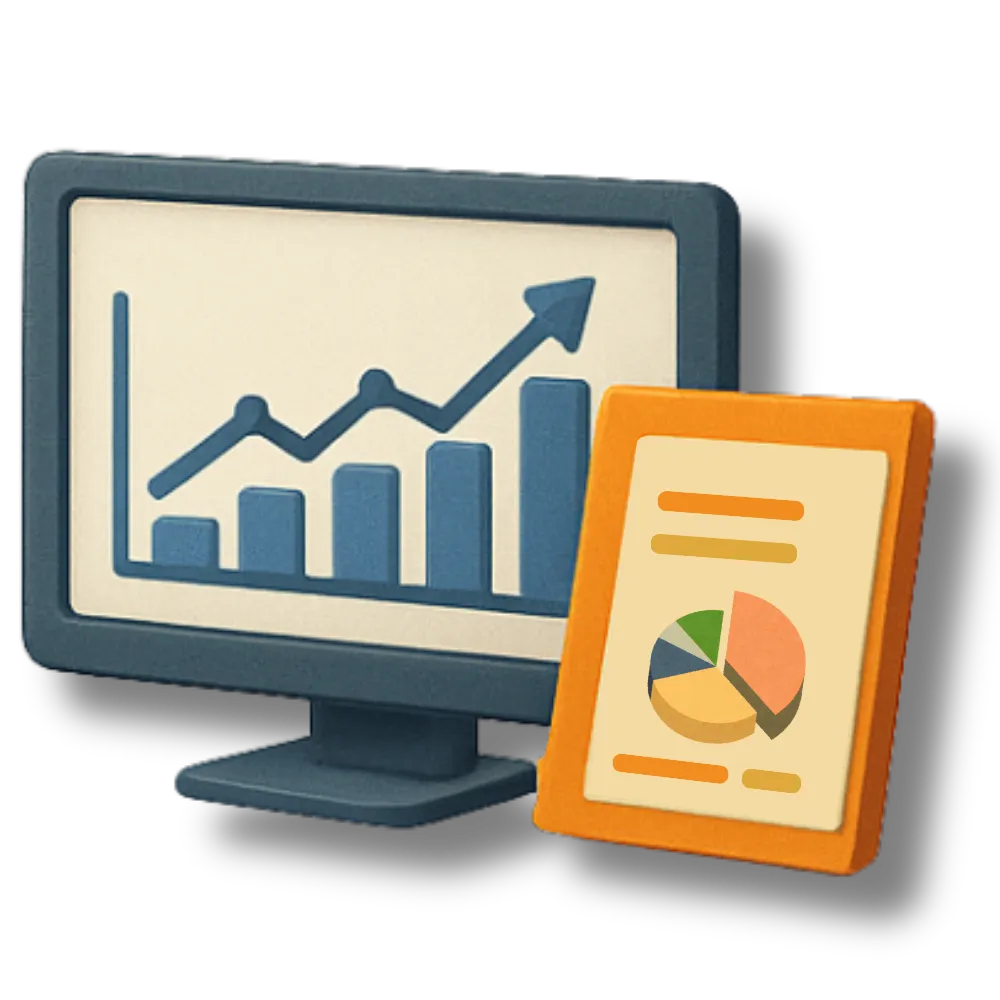
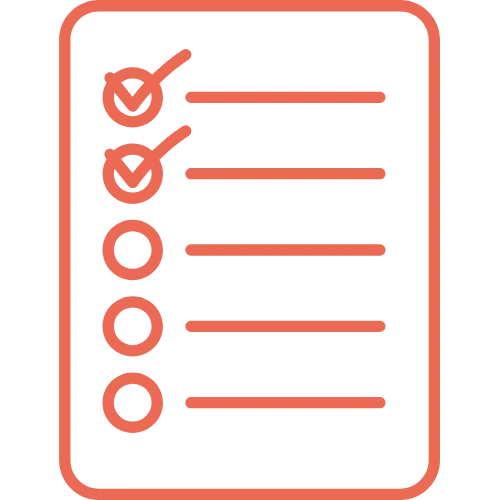
Build asset hierarchies, criticality, and PM strategies aligned with standards and business goals.

Execute work with checklists, parts, and safety steps. Capture data and close with proof.
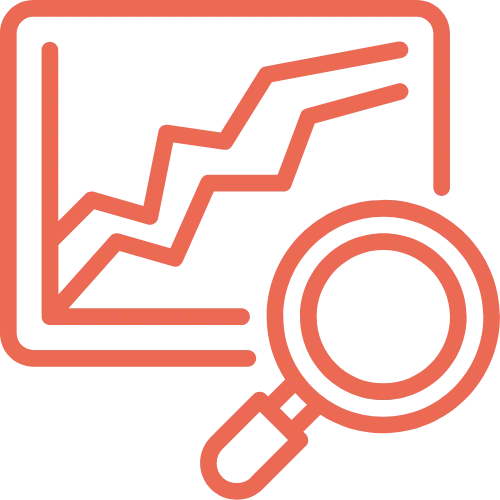
Monitor condition, costs, warranties, and performance across the entire asset lifecycle.

Use analytics to reduce downtime, right-size inventory, and decide repair vs. replace.

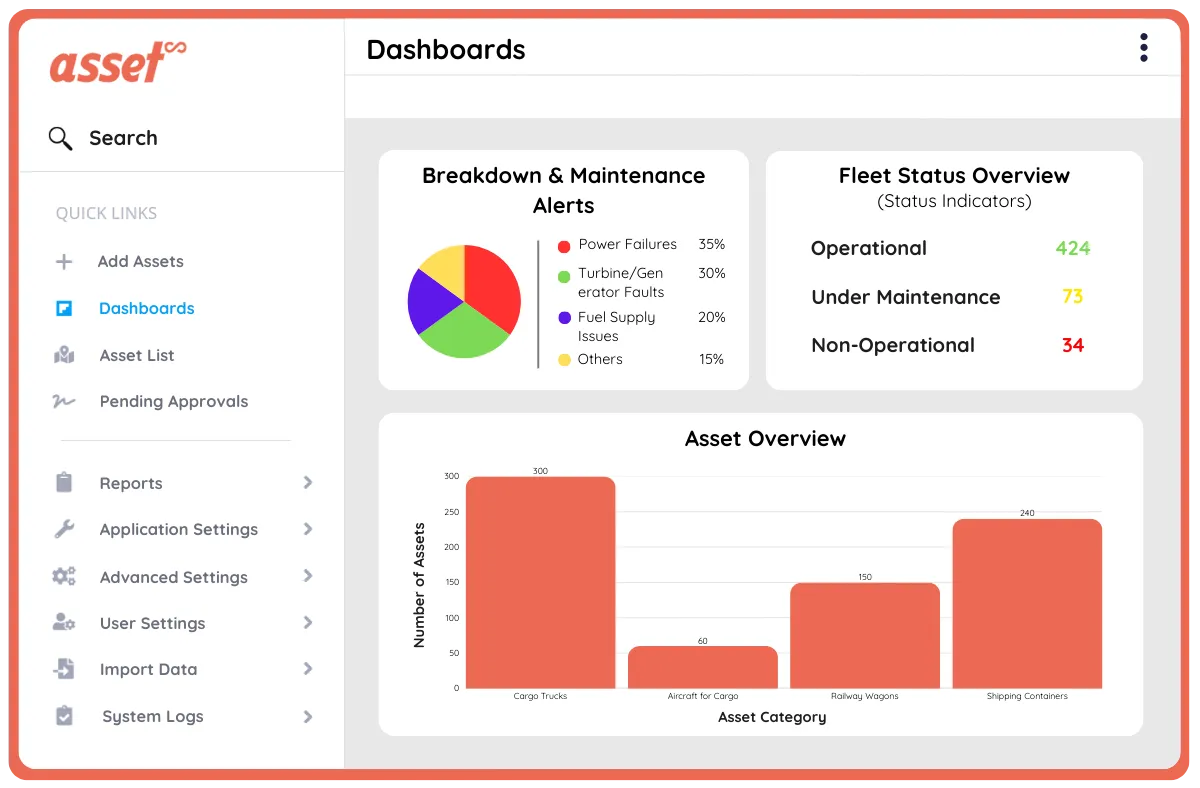
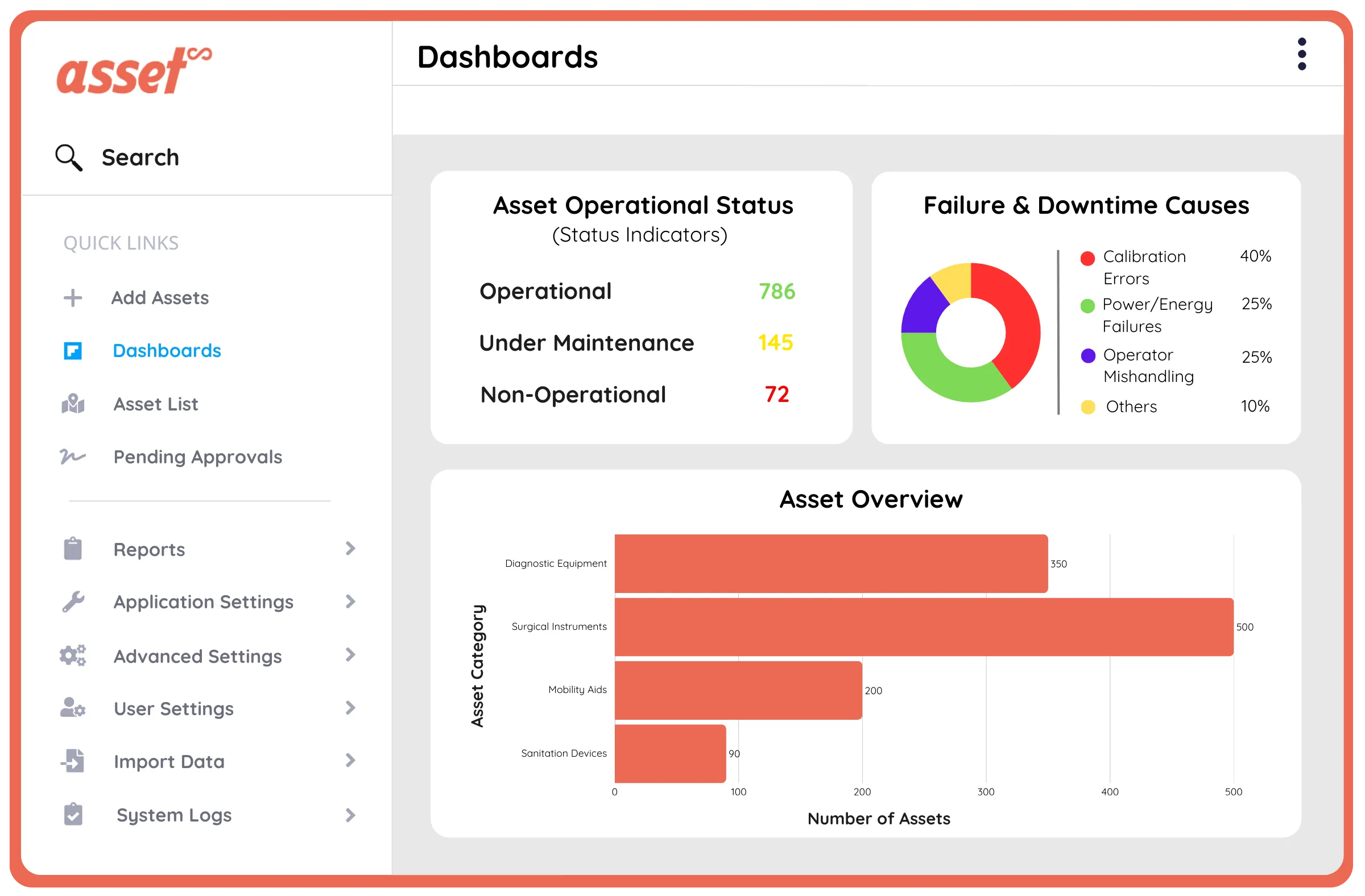
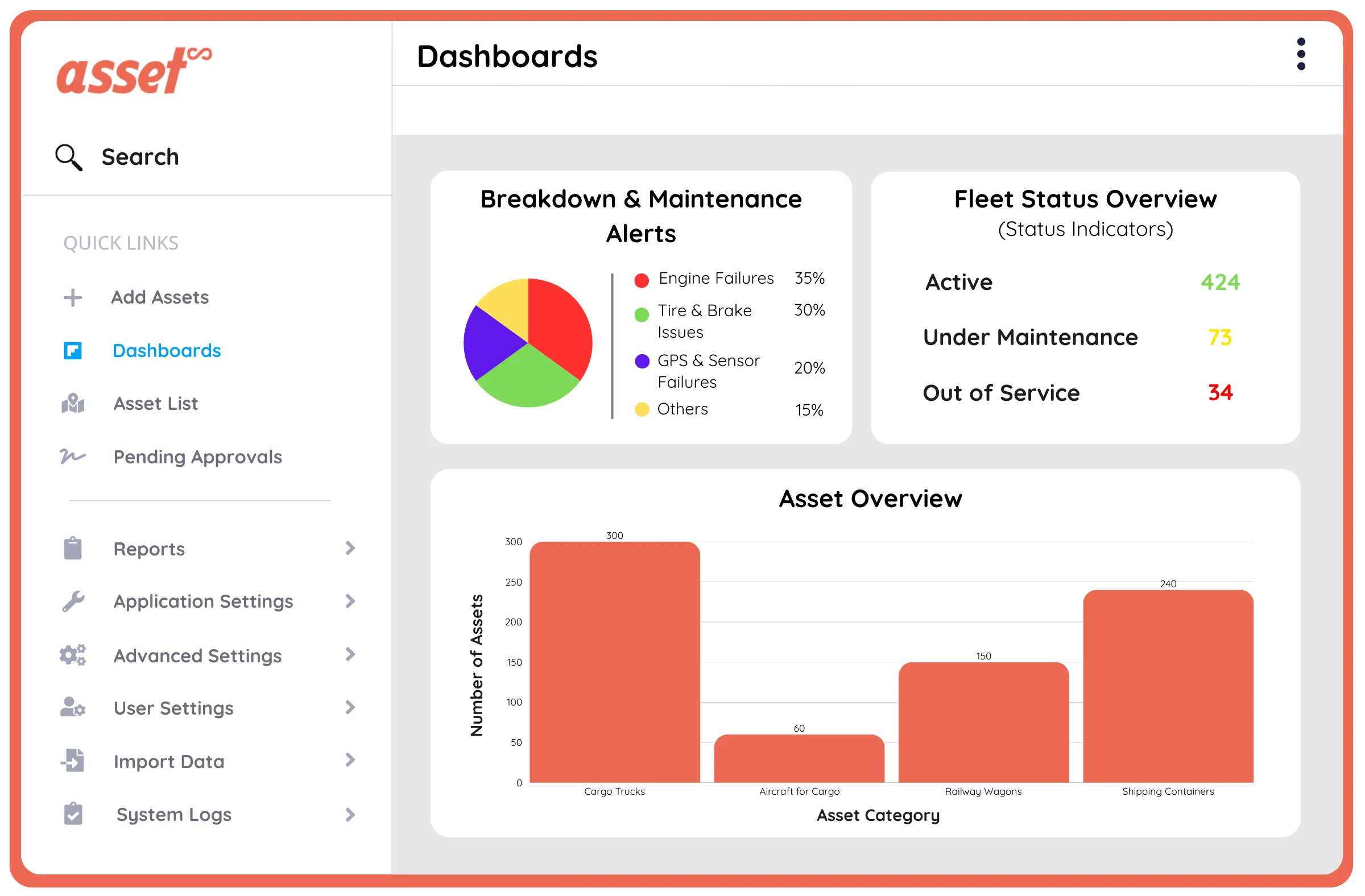

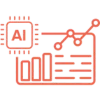
Tap into anomaly detection, reliability trends, and failure forecasts to act before breakdowns disrupt operations.

Scale globally with secure cloud and empower field teams with offline-capable mobile apps.
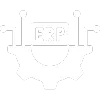
Connect to ERP, finance, procurement, GIS/BIM, and IoT for end-to-end visibility and control.

Start fast, standardize processes, and expand across sites with governance and role-based access.

Enterprise Asset Management (EAM) is a strategy and system for managing physical assets across their lifecycle—from acquisition to retirement—to maximize reliability, safety, and ROI while controlling cost and risk.

A CMMS focuses on maintenance work management within a site. EAM is broader: it adds asset lifecycle, financials, inventory, multi-site governance, and integration with ERP—ideal for complex or asset-intensive enterprises.

Yes. EAM commonly integrates with ERP, finance, procurement, and supply chain systems to sync asset masters, work orders, costs, and inventory, creating a closed loop from planning to execution and reporting.

Manufacturing, utilities and energy, transportation and logistics, healthcare and pharma, and public infrastructure rely on EAM to improve uptime, safety, and compliance, especially across multi-site operations.

Yes. Field teams can perform, document, and close work on mobile, even offline, and sync automatically when connectivity returns.
Unify asset data, standardize maintenance, and unlock AI insights to reduce downtime and costs, across every facility and fleet.
%20(3).webp)